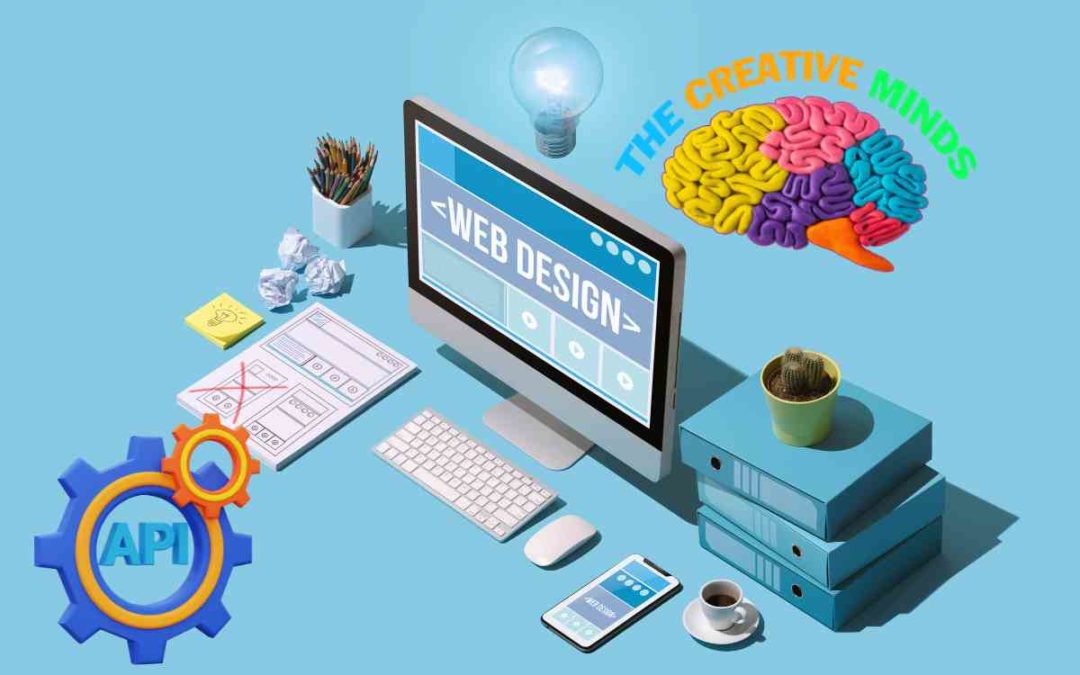Unveiling the Power of APIs and Web Services: In the dynamic world of technology, where interconnectedness and seamless data exchange are paramount, Application Programming Interfaces (APIs) and Web Services have emerged as the unsung heroes. These powerful tools facilitate communication and data sharing between different software applications, enabling them to work together harmoniously. In this article, we’ll delve into the depths of APIs and Web Services, uncovering their potential, significance, and the myriad ways they drive innovation across industries.
Understanding APIs: Building Blocks of Connectivity
APIs Defined
At the heart of modern software development lies the concept of APIs. An API, or Application Programming Interface, acts as an intermediary that allows different software systems to communicate with each other. It defines a set of protocols and tools that enable developers to create seamless integrations between applications. APIs come in various forms, including web APIs, which operate over the internet using HTTP protocols.
The Role of APIs
APIs play a pivotal role in streamlining software development processes. They enable developers to harness existing functionalities of other applications without having to recreate them from scratch. This results in reduced development time, increased efficiency, and enhanced innovation. For instance, social media platforms often provide APIs that allow third-party applications to access their data, facilitating the integration of social features within other apps.
Unveiling the Power of APIs and Web Services: Unleashing the Potential of Web Services
Web Services Explained
Web services are a specific type of API that operates over the internet using standard web protocols like HTTP and XML. They enable interoperability between different software applications, regardless of the programming languages or platforms they are built upon. Web services facilitate the seamless exchange of data and functionalities in a distributed and standardized manner.
Types of Web Services
Web services are categorized into three main types: SOAP (Simple Object Access Protocol), REST (Representational State Transfer), and GraphQL. Each type has its own strengths and use cases. SOAP, for example, emphasizes robustness and security, while REST focuses on simplicity and scalability. GraphQL, a relatively newer technology, offers a more flexible approach to querying and manipulating data.
Harnessing the Synergy: APIs and Web Services in Action
Real-World Applications
The power of APIs and web services becomes particularly evident when examining their applications across various industries. In e-commerce, APIs enable seamless payment processing, real-time inventory updates, and integration with third-party logistics providers. The travel industry leverages web services to offer dynamic pricing, hotel bookings, and flight reservations across multiple platforms. Even the healthcare sector benefits from APIs, allowing electronic health records to be securely accessed and shared among authorized providers.
Innovation and Disruption
The amalgamation of APIs and web services has sparked innovation and disrupted traditional business models. Companies that open their APIs to developers create ecosystems around their products, driving third-party innovation and expanding their reach. For instance, Google Maps API empowers developers to embed interactive maps into their applications, leading to the proliferation of location-based services.
SEO Optimization: Enhancing Visibility and Accessibility
Keyword-Rich Content
In the realm of digital marketing, the strategic use of keywords is essential for search engine optimization (SEO). By incorporating relevant keywords, such as “APIs,” “Web Services,” and “Software Integration,” into the content, businesses can enhance their online visibility and attract organic traffic to their websites. This article, for example, emphasizes the importance of APIs and web services in software development, thereby aligning with relevant search queries.
Optimized Heading Structure
A well-structured heading hierarchy enhances the article’s readability and SEO performance. By utilizing H1, H2, H3, and H4 headings, the content becomes scannable and easy to navigate. Search engines also prioritize content with appropriate heading tags, further improving the article’s visibility in search results.
Conclusion: Unveiling the Power of APIs and Web Services
In the modern technological landscape, the power of APIs and web services is undeniable. These tools foster connectivity, enable innovation, and drive efficiency across industries. Through APIs, applications seamlessly collaborate, and through web services, data flows effortlessly between systems. As businesses continue to embrace these technologies, we can expect a future where interconnectedness thrives, propelling us into a new era of digital possibilities.
Frequently Asked Questions (FAQs):
Q1: What is the main purpose of an API? A1: The primary purpose of an API is to enable different software systems to communicate and interact with each other by defining a set of protocols and tools.
Q2: How do web services differ from APIs? A2: Web services are a type of API that operates over the internet using standard web protocols, facilitating the exchange of data and functionalities in a standardized manner.
Q3: How do APIs contribute to innovation? A3: APIs contribute to innovation by allowing developers to build upon existing functionalities, creating new applications, features, and integrations that drive industry-wide innovation.

Recent Comments